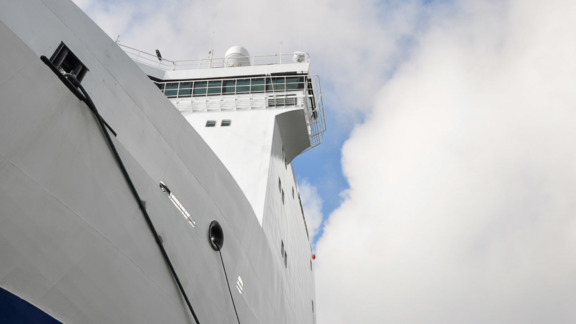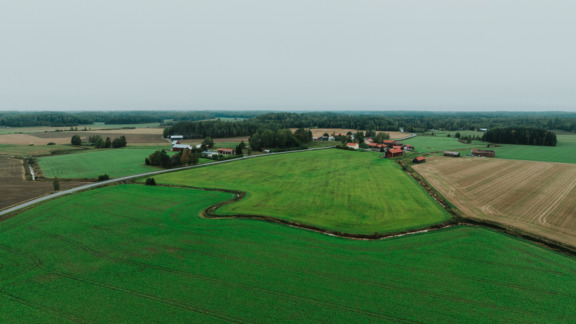BSAG assessed the nutrient and bacteria contents of ships’ wastewaters, and their effect on the Baltic Sea
The pollution load from ships’ wastewaters can be locally significant, states the study commissioned by Baltic Sea Action Group. According to the study, the concentrations on various parameters of grey waters were generally higher on cargo ships than passenger ships. The new report brings new information on the topic which has barely been studied before.
Nutrient load generated by maritime transport has been studied mainly on passenger ships. Most of the studies focus more on black waters (sewage), less on grey waters or food waste. BSAG assessed if grey waters of cargo ships differ significantly from grey waters of passenger ships. Analysis results showed that the concentrations on various parameters were generally higher on cargo ships than passenger ships. The BOD value, describing the consumption of oxygen caused by organic matter in water, was significantly higher on grey waters than on the values for sewage reported in earlier research. Respectively, the nitrogen load of grey waters was slightly lower than in sewage.
Based on analysis results, number of crew members, volume of wastewater per crew member, and traffic statistics of HaminaKotka port, it was possible to estimate the pollution load from cargo and passenger vessels. The report by Water and Environment Association of the River Kymijoki states that the pollution load from cargo ships into the Pyhtää−Kotka−Hamina- sea area is quite small compared to riverine and coastal point sources. However, the pollution load can be locally significant since it may locally foster eutrophication. For example, the eutrophying impact of wastewaters can be seen in increased algae production and worsened oxygen depletion.
The study showed high bacteria contents in grey waters of both cargo and passenger vessels. The bacteria end up in marine food web and affect the recreational use of the sea area. The mode of discharge affects how the sewage is mixed and spread with seawater: continuous discharge spreads the nutrients and bacteria to a larger area, one-off discharge causes point source contamination.
Grey water samples were taken from grey waters onboard cargo and passenger vessels, and the samples were analysed on nutrients, suspended solids, oxygen demand, chloride, and pH. Nine cargo vessels and two passenger ships participated in the sampling, and altogether 42 samples were received. Passenger ships sailing from Finland to Sweden and Estonia discharge all their waste at ports, and samples were taken from them to provide a base for comparison. Since Covid-19 restricted visits onboard the ships, majority of the samples were taken by vessels’ crews instead of authorized sampling personnel. MetropoliLab Oy and Kymi Environment Laboratory Ltd conducted the analyses on the samples.
Read the full report >>
Further information:
Elisa Mikkolainen, project director, BSAG, 040-6601829, elisa.mikkolainen@bsag.fi
Jennifer Holmberg, M.Sc., Water and Environment Association of the River Kymijoki, 044-7270332, jennifer.holmberg@vesiensuojelu.fi



